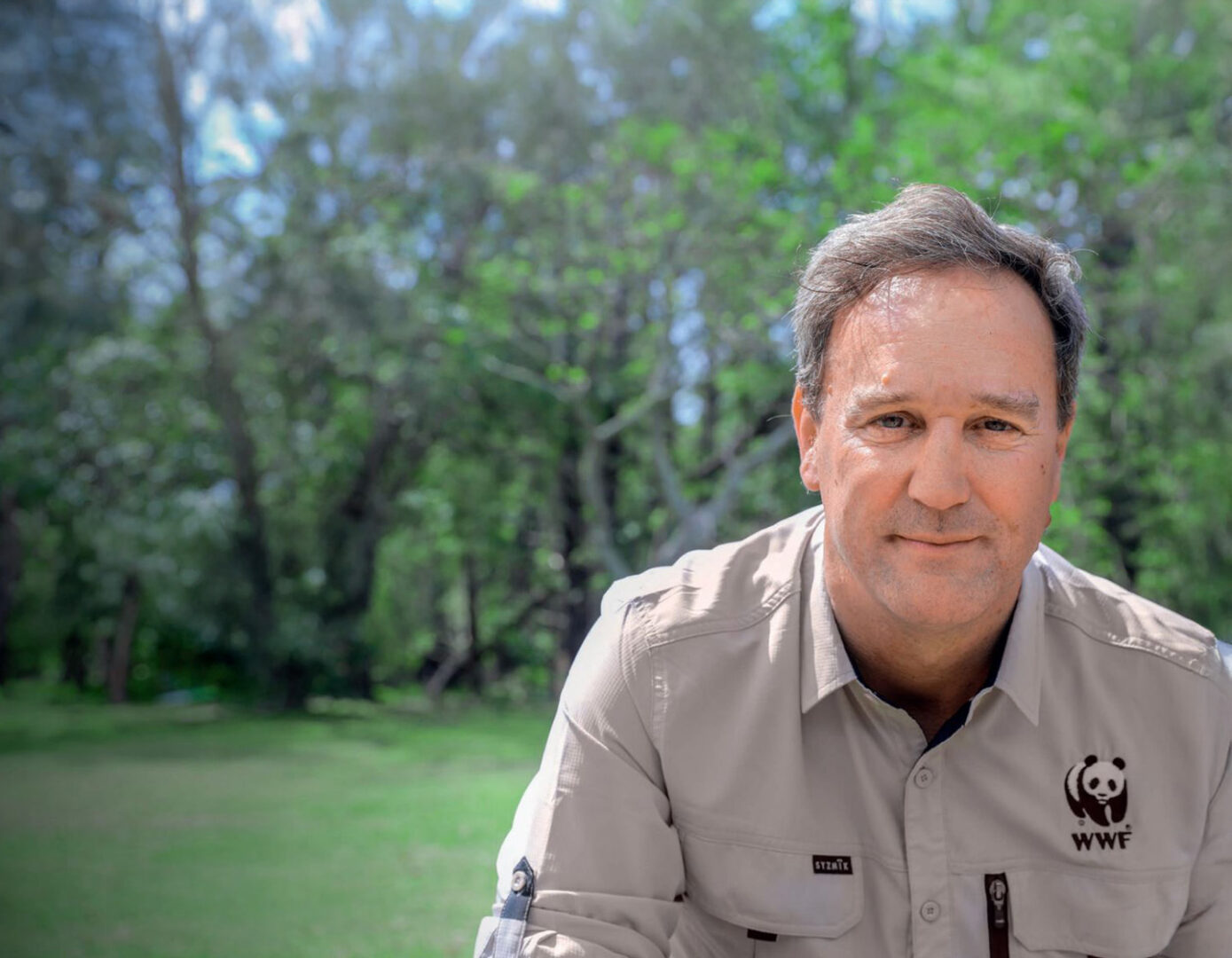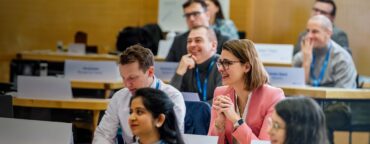
When Dermot O’Gorman began his career, his chosen specialism of environmentalism could scarcely have been less fashionable in corporate circles. It was the late 1980s, and we were under the influence of Gordon Gekko and “greed is good”, based on the erroneous notion that a corporation can be treated separately from the environment and societies from which it draws its wealth and well-being.
As he began work for a national park in Australia, his attention was soon drawn to what was occurring outside. “I thought it was my dream job, but actually, after working there for a year, I realised the big changes were happening outside the park,” he says. Specifically, he felt impelled to comprehend the big picture forces driving environmental damage and play a role in curbing or reversing such effects.
He furthered his studies at postgraduate level, including a Masters in Environmental Policy from the London School of Economics, and a Certificate in Sustainability Leadership from the University of Cambridge, as well as leadership roles at the World Wide Fund for Nature (WWF) in China and the Pacific region.
But it was not enough. “I knew if we were to succeed, business was going to have to play a key role in the transition to a more sustainable planet. And so, after I finished my MSc at LSE, I said to myself, if I’m going to change business, I’m going to have to go and do something to understand more
how business works.”
He opted for an EMBA and chose IMD as one of the few business schools in the 2000s that had a broadly-based curriculum and rounded business education. Early on, he quipped to his 2009 cohort that “green is the new black” – that environmental awareness was necessary and becoming fashionable. This landed well, and he felt immediately accepted by colleagues from corporate sectors.
The Silicon Valley expedition was a career-changing experience: “We did the design ideation thinking course at the design school at Stanford and pitched our startup to VCs, which was eye opening – and 10 years later, I was using that learning in building impact investing startups.”
“The volume of capital now moving towards ESG in business is no longer niche. It’s massive”
One startup that scaled successfully has been the global technology platform OpenSC, founded in 2019, of which he is chairperson. He and the team used the ideation process, “to look to solve a sustainable supply chain problem that I’d been working on for 20 years and that I could see was not scaling. In 2018, we brought together a multi-disciplinary team of experts, ran a suite of ideation sprints, and ended up spinning out OpenSC as a social venture in 2019.”
OpenSC is a global platform that uses a suite of cutting-edge technologies – like blockchain, AI, IoT – to provide solutions that enable businesses to verify responsible production in their supply chains and creating incentives for supply chain actors to change behaviour – in a way that is automated, continuous, and immutable.
These technologies can replace analogue auditing approaches to Environmental Social and Governance (ESG) matters – verifying claims about sustainable and ethical
production, such as non-deforestation and fair-trade policies, for example, or to guarantee that digital living wage payments go directly to farmers who are partners in sustainable supply.
In his role as CEO of a AU$50m purpose-driven organization, Dermot has sought to implement his learnings from the EMBA, for example by encouraging an innovative culture.
There are many similarities between a corporation and a large non-profit, for example on financial management, marketing and strategic choices – such as whether you
are prioritizing growth or reinvention. Being strategically agile has meant prioritizing areas where most impact can be made. Instead of wholesale restructurings, he prefers the metaphor of “systems acupuncture”, through which you identify the two or three key system thinking changes needed to unlock value.
The personal impact of the EMBA, mentioned by all who have gone through the experience, was equally valuable. He describes “the intensity of it… being able to hold a mirror up to yourself and see what you’re doing, and having your peers give you unfiltered feedback”.
He observed the psychological rhythm of the cohort going through the program: elite executives who had aced everything in their career to date are consciously confronted with the reality that they cannot resolve every issue alone. They emerge stronger and wiser, understanding that to truly get the best out of yourself and others, you need to know and embrace your limitations to unlock the transformational potential.
In the shift to sustainable business models, Dermot reports three powerful allies that were missing when he first entered the workplace: the potential of new technologies, the fact that sustainability is now a mainstream subject in business schools, and a generational mindset shift. He notes how top talent coming out of business schools are both purpose and profits driven, compared with a generation earlier.
“There’s still a lot of greenwashing, which I think we’re going to have to work through, the complexity that always happens with transitions. But the volume of capital now moving in that direction [towards sustainable business], is no longer niche. It’s massive, and it’s only going to grow.”
His role now includes global leadership roles – he is a member of the COP31 Collaboration Group, as Australia and the Pacific bid for the 31st UN Climate convention.
Overall, he strikes a notably optimistic tone. There is growing awareness that the fourth industrial revolution – a fusion of technologies that is blurring the lines between the physical, digital and biological spheres – cannot proceed with the linear extractive industrial processes that characterized the first three. For 8 billion people and our planet to thrive, it must become, he says, “the first regenerative revolution”.
We know what to do, and how to do it. We have the capital and technology. “We just need to get on and do it.”


